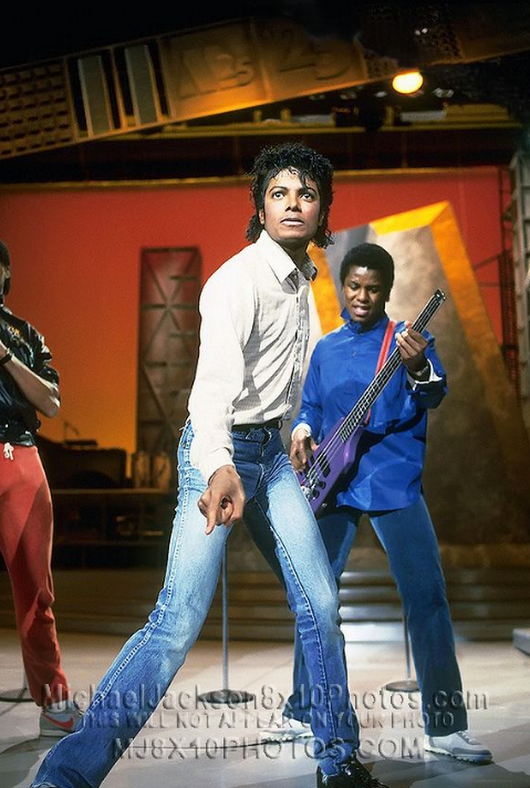The sound of Motown is unmistakable - a unique blend of soul, R&B, and pop that has captivated audiences for decades. From the iconic vocals of Diana Ross and the Supremes to the smooth harmonies of The Temptations, Motown’s music has been the soundtrack to generations of music lovers. But behind the legendary hits and charismatic performers lies a rich history that is just as fascinating as the music itself.
The Birth of Motown
In 1959, Berry Gordy Jr., a young entrepreneur with a passion for music, borrowed $800 from his family to start a record label. Gordy’s vision was to create a label that would showcase the talents of African American artists, who were often overlooked by the major record labels of the time. He named the label Motown, a combination of “motor” and “town,” a nod to Detroit’s reputation as the Motor City. Gordy’s small studio, located in a humble house on West Grand Boulevard, would become the epicenter of a musical revolution.
Berry Gordy's innovative approach to music production, which emphasized a strong focus on songwriting, production, and artist development, would become the hallmark of Motown's success. His commitment to showcasing African American talent helped to break down racial barriers in the music industry and paved the way for future generations of artists.
The Motown Sound
So, what exactly is the Motown sound? It’s a blend of upbeat, energetic rhythms, catchy melodies, and heartfelt lyrics that often dealt with themes of love, relationships, and social justice. The sound is characterized by its use of tambourines, handclaps, and a prominent bass line, which gave Motown records their distinctive “bounce.” The label’s in-house songwriting team, which included legendary writers like Smokey Robinson, Holland-Dozier-Holland, and Norman Whitfield, crafted songs that were both timeless and timely, often reflecting the social and cultural upheavals of the 1960s.
| Artist | Song | Release Year |
|---|---|---|
| Diana Ross and the Supremes | "Where Did Our Love Go" | 1964 |
| The Temptations | "My Girl" | 1965 |
| Stevie Wonder | "Fingertips (Part 2)" | 1963 |

The Golden Age of Motown
The 1960s were the golden age of Motown, with the label producing an astonishing string of hits that dominated the charts. Artists like The Supremes, The Temptations, Stevie Wonder, and Marvin Gaye became household names, their music enjoying widespread appeal across racial and generational lines. The label’s success was not limited to its music; Motown also played a significant role in the Civil Rights Movement, with many of its artists using their platform to speak out against racial injustice and advocate for social change.
Motown's Impact on the Civil Rights Movement
- Motown artists like Marvin Gaye and Stevie Wonder used their music to address social justice issues, such as poverty, inequality, and racism.
- The label's success helped to break down racial barriers in the music industry, paving the way for future generations of African American artists.
- Motown's music played a significant role in the cultural and social upheavals of the 1960s, with many of its songs becoming anthems for the Civil Rights Movement.
The Legacy of Motown
Today, Motown’s legacy can be seen in the many artists who have been influenced by its music. From The Jackson 5 to Boyz II Men, countless groups have been inspired by the label’s signature sound. Motown’s impact extends beyond the music industry, with its influence visible in film, fashion, and popular culture. The label’s commitment to showcasing African American talent and its role in the Civil Rights Movement have made it an iconic symbol of American music and culture.
What was the significance of Motown's music in the Civil Rights Movement?
+Motown's music played a significant role in the Civil Rights Movement, with many of its artists using their platform to speak out against racial injustice and advocate for social change. The label's success helped to break down racial barriers in the music industry, paving the way for future generations of African American artists.
Who were some of the most influential Motown artists?
+Some of the most influential Motown artists include Diana Ross and the Supremes, The Temptations, Stevie Wonder, Marvin Gaye, and The Jackson 5. These artists helped to define the Motown sound and played a significant role in the label's success.
What is the legacy of Motown today?
+Today, Motown's legacy can be seen in the many artists who have been influenced by its music. The label's commitment to showcasing African American talent and its role in the Civil Rights Movement have made it an iconic symbol of American music and culture. Motown's music continues to inspire new generations of artists and fans, ensuring its legacy will endure for years to come.
In conclusion, the story of Motown is a testament to the power of music to bring people together and inspire social change. From its humble beginnings in a small studio in Detroit to its current status as a cultural icon, Motown’s legacy continues to captivate audiences around the world. As we look to the future, it’s clear that Motown’s music and message will remain an essential part of our collective cultural heritage, inspiring new generations of artists, activists, and music lovers alike.


